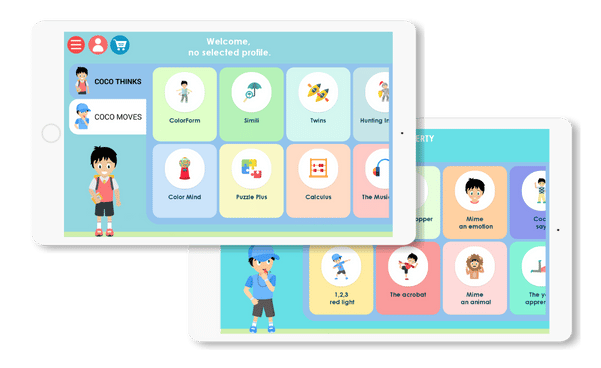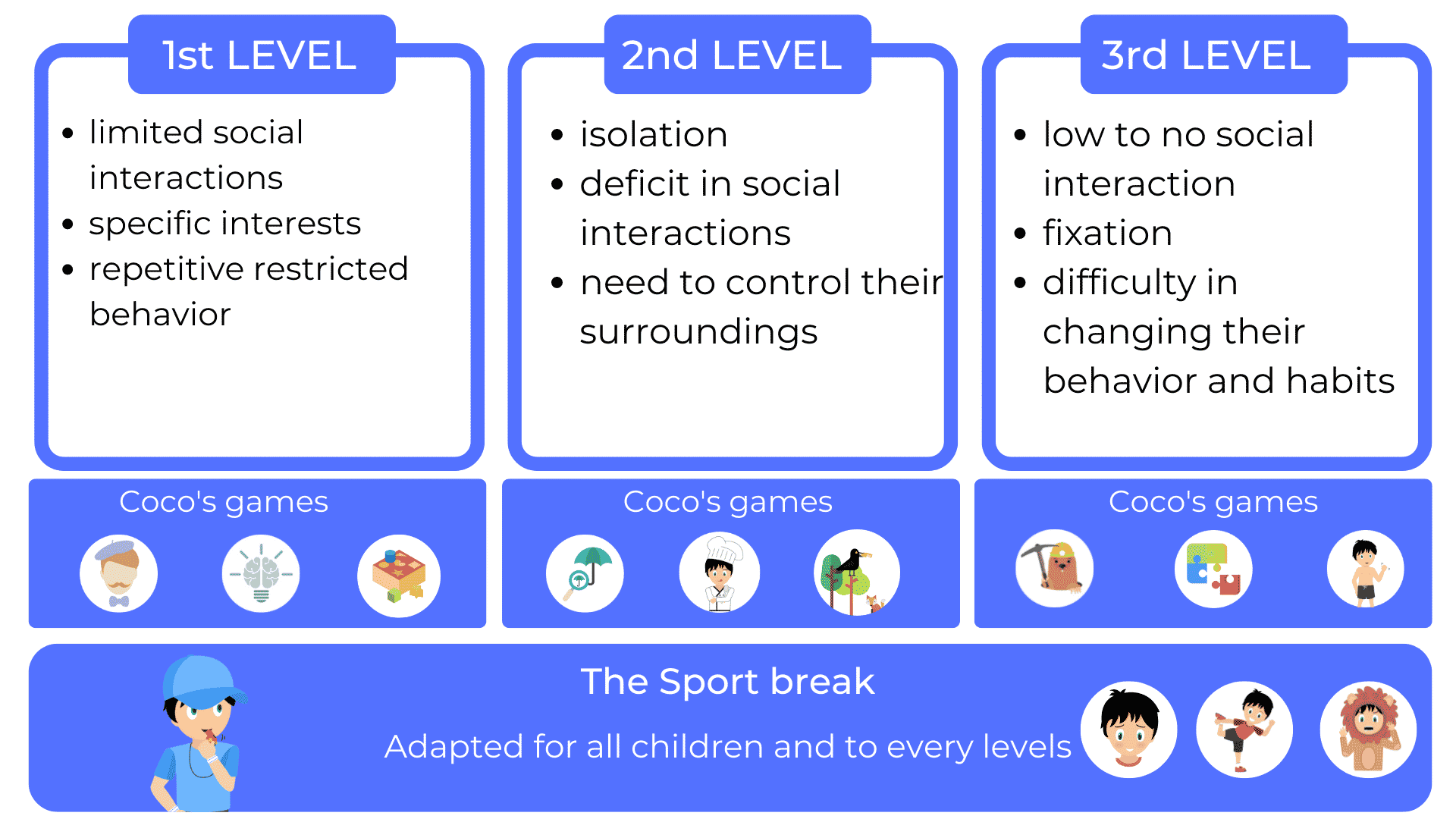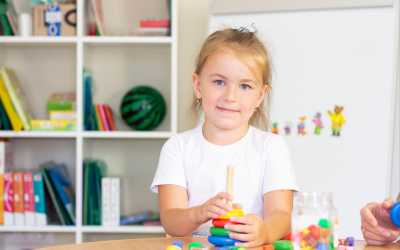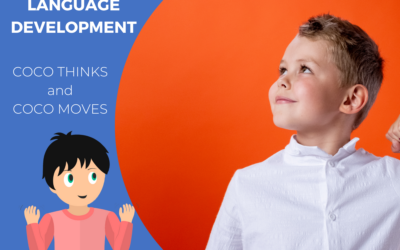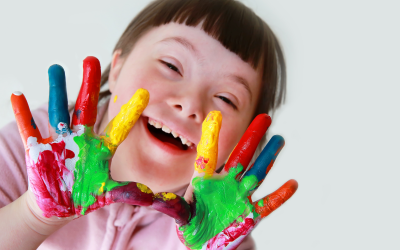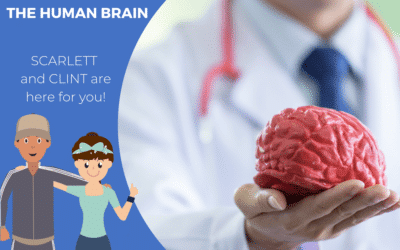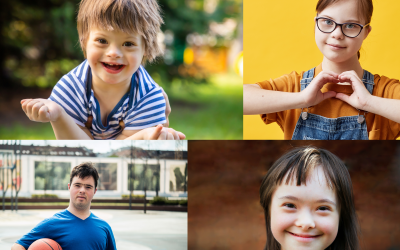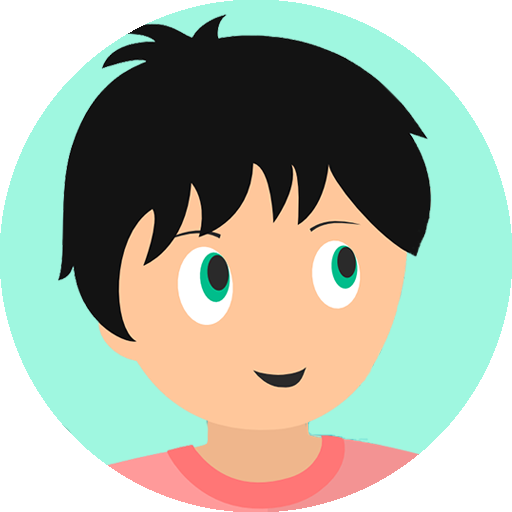There are several therapies that can help a child with autism, and the appropriate therapy will depend on the child’s specific needs and developmental level. Some of the most common therapies used for children with autism include:
Applied Behavior Analysis (ABA)
ABA is a structured and intensive therapy that focuses on improving social, communication, and behavioral skills through positive reinforcement.
Occupational Therapy
Occupational therapy helps children with autism develop fine motor skills, self-care skills, and sensory processing abilities
Speech Therapy
Speech therapy can help children with autism improve their communication skills, including language development, social communication, and speech clarity.
Social Skills Training
Social skills training helps children with autism develop social skills, such as taking turns, making eye contact, and understanding social cues.
Sensory Integration Therapy
Sensory integration therapy helps children with autism regulate their sensory systems and process sensory information more effectively.
Cognitive Behavioral Therapy (CBT)
CBT can help children with autism manage anxiety, obsessive-compulsive behaviors, and other emotional and behavioral challenges.
Play Therapy
Play therapy is a child-centered therapy that uses play as a means of communication and helps children with autism develop social and emotional skills.
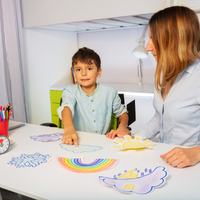
It is important to note that there is no one-size-fits-all approach to treating autism, and a combination of therapies may be necessary to achieve the best outcomes. It’s essential to work with a qualified healthcare professional who can evaluate your child’s needs and develop an individualized treatment plan.
Educational solutions that can help a child with autism
There are various educational solutions that can help a child with autism, including:
Applied Behavior Analysis (ABA) Therapy
ABA therapy can be used in educational settings to help children with autism develop communication, social, and academic skills. It involves breaking down skills into smaller, more manageable steps and providing positive reinforcement for progress.
Special Education
Children with autism may benefit from special education programs that provide individualized instruction and accommodations to meet their unique learning needs. This may include one-on-one support, assistive technology, and modifications to the curriculum.
Visual Supports
Visual supports, such as pictures, symbols, and schedules, can be used to help children with autism understand expectations and routines, improve communication, and manage behaviors.
Sensory-Friendly Environments
Sensory-friendly classrooms and schools can provide a supportive environment for children with autism by minimizing sensory distractions and providing sensory tools, such as weighted blankets or fidget toys.
Peer-Mediated Instruction
Peer-mediated instruction involves teaching typically developing peers strategies for interacting with and supporting children with autism in the classroom. This can help promote social skills and inclusion.
Social Skills Groups
Social skills groups can help children with autism practice and improve their social communication skills in a structured and supportive environment.
Individualized Education Plans (IEPs)
IEPs are legal documents that outline an individualized plan for a child with a disability, including autism, to receive specialized education and related services. These plans are developed collaboratively with parents, teachers, and other professionals to address the child’s unique needs and goals.
It’s important to work with a qualified team of professionals, including educators, therapists, and medical providers, to develop an individualized education plan that meets the needs of the child with autism.
Type of schools that can help my child with autism
There are several types of schools that can help children with autism, and the best option will depend on the child’s specific needs and abilities. Some of the types of schools that may be beneficial for children with autism include:
- Special Education Schools: Special education schools are designed specifically for students with disabilities and provide individualized instruction, accommodations, and support. These schools may have smaller class sizes and more specialized staff, such as speech therapists and occupational therapists.
Autism-Specific Schools
Autism-specific schools focus specifically on educating children with autism and may use specialized approaches, such as Applied Behavior Analysis (ABA) therapy or the TEACCH program.
Inclusive Schools
Inclusive schools integrate children with disabilities, including autism, into mainstream classrooms with typically developing peers. Inclusive schools may provide support through individualized education plans (IEPs), assistive technology, and specialized instruction.
Charter Schools
Charter schools are public schools that operate independently and may have specialized programs or approaches for educating children with autism.
Homeschooling
Homeschooling can provide an individualized and flexible education for children with autism, with curriculum and instruction tailored to the child’s unique needs and interests.
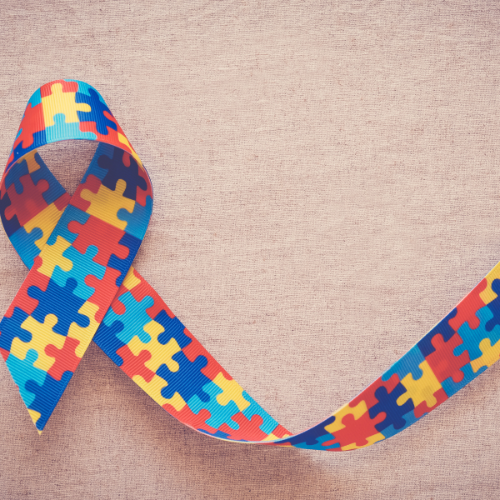
Centers that can help my child with autism
There are several types of centers that can provide support and services to children with autism and their families, including:
Autism Treatment Centers
Autism treatment centers specialize in providing diagnostic evaluations and a range of therapies for children with autism, such as Applied Behavior Analysis (ABA) therapy, speech therapy, occupational therapy, and social skills training.
Early Intervention Centers
Early intervention centers provide support and services to children with autism under the age of 3, including developmental screenings, therapy services, and family support.
Developmental Pediatric Centers
Developmental pediatric centers specialize in the evaluation and management of developmental and behavioral disorders, including autism. These centers may provide diagnostic evaluations, treatment recommendations, and referrals to other services.
Respite Care Centers
Respite care centers provide short-term care for children with autism to give parents and caregivers a break. These centers may provide activities, therapies, and support for children with autism.
Community Centers
Community centers may offer a range of programs and services for children with autism and their families, including recreational activities, support groups, and educational resources.
CARD (Center for Autism and Related Disorders)
CARD (Center for Autism and Related Disorders) is a well-known network of autism treatment centers that provides a range of services to children with autism and their families. The services offered by CARD may include diagnostic evaluations, individualized treatment plans, and a variety of evidence-based therapies, such as Applied Behavior Analysis (ABA) therapy, social skills training, and speech therapy.CARD has locations throughout the United States and internationally and is known for its expertise in providing ABA therapy. ABA therapy is an evidence-based treatment approach that uses positive reinforcement and behavior modification to teach children with autism new skills and behaviors. CARD’s ABA programs are individualized to meet the unique needs and goals of each child and may include a range of interventions, such as discrete trial training, naturalistic teaching, and functional communication training.In addition to therapy services, CARD may also provide parent training, support groups, and resources for families of children with autism.
When considering centers for a child with autism, it’s important to research the center’s reputation, services provided, and staff qualifications. It’s also important to work with a qualified team of professionals, including medical providers, therapists, and educators, to ensure that the child’s needs are being met and that the services provided are evidence-based and effective.
RECOGNIZE THE EMOTIONS OF A CHILD WITH AUTISM THANKS TO COCO MOVES
In our educational app COCO THINKS and COCO MOVES, you can also learn to recognize your emotions with the game “Mime an emotion”, in the Coco Moves part. By clicking on the question mark, you can learn to better recognize the different emotions.
This game to mime emotions is also accessible in the break, after every 15 minutes of screen. In fact, every 15 minutes, children are asked to choose a physical activity to take an active break when you can mime the emotions.
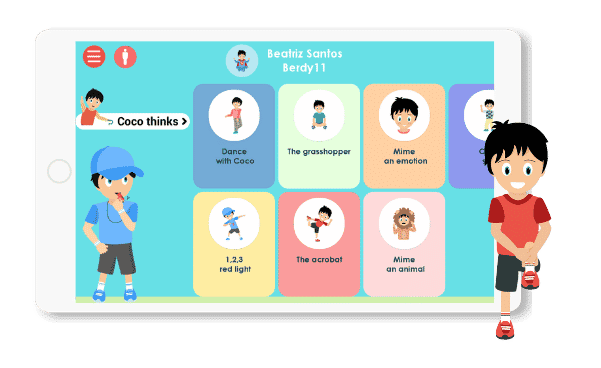
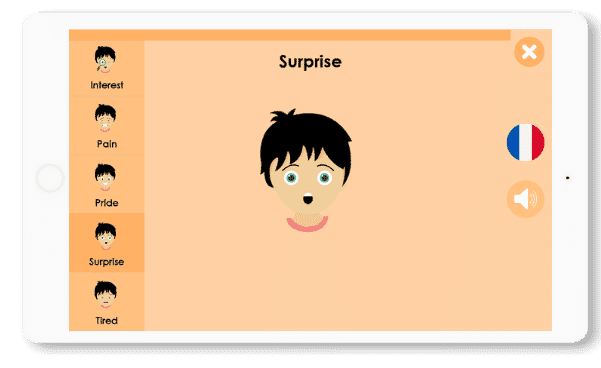
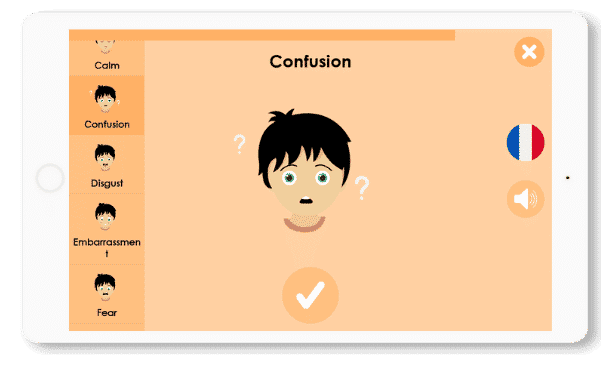
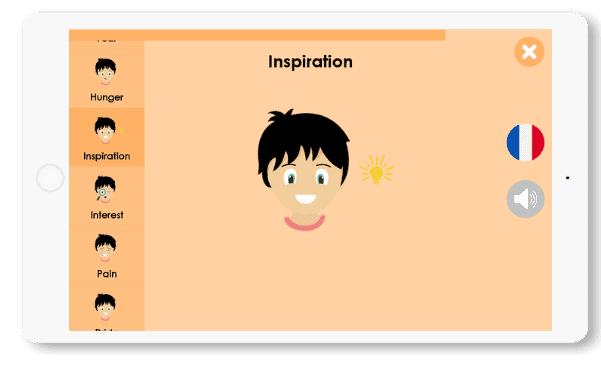
SURPRISE
You are surprised when you are amazed at something, at a person or an object.
It is that feeling when you receive an unexpected gift. So in this situation, you have your eyes and mouth wide open and you cannot wait to open your gift.
CONFUSION
When you are confused you are usually lost because of something that happened. You can even forget the name of a person or the name of an object.
To mimic confusion, you can frown your eyebrows, shrug your shoulders or even form a big ‘O’ with your mouth.
INSPIRATION
Inspiration is what happens when you imagine and create things just by thinking of it. Like when you are drawing, writing, or playing with your toys and making up stories.
When you’re feeling inspired you wrinkle your eyes, you scratch your head a little and you smile when the idea comes.
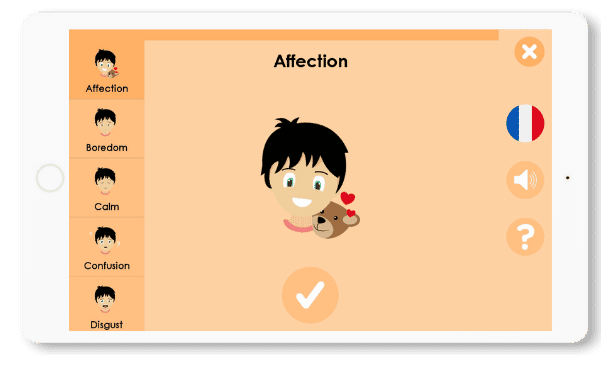
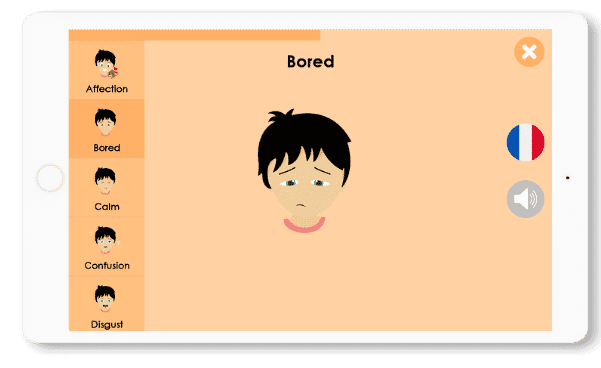
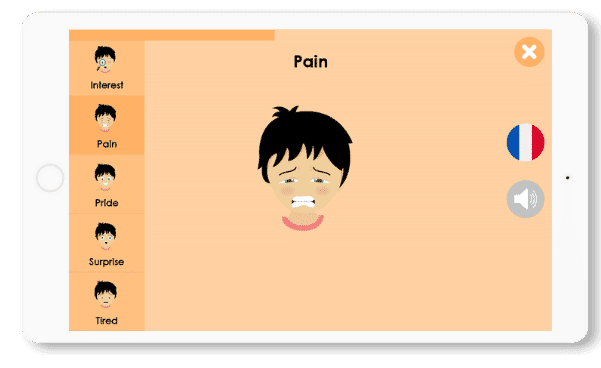
AFFECTION
Affection is something you feel when you are moved by something, when you are thinking positive thoughts about a friend, a family member or a pet.
Here you can smile and think about good time. You can give a hug or kiss someone, tell your classmate that you like them.
BOREDOM
Boredom happens when you don’t care for what you are doing, you want to do something else like talking to your friends and not listen to the person in front of you.
You can blow really loudly and roll your eyes. You can also wiggle in your chair.
PAIN
Pain is a feeling you don’t like, you usually feel it when you hurt yourself, and that is physical pain.
It can also be when you are missing someone or something very much.
To express pain, you can wrinkle your eyes and grit your teeth. You can also touch the part where you are hurt.
Other articles you might be interested in:
Supporting children with autism
Dynseo proposesSUPPORTING CHILDREN WITH AUTISM with COCO THINKS AND COCO MOVESDynseo and its team are very much...
Supporting DYS children with COCO THINKS and COCO MOVES
Dynseo proposesDYS disorders with COCO THINKS and COCO MOVESOur educational and pedagogical games program COCO THINKS...
Language development
Children communicate from birth with movements, crying, looking at each other or with smiles. After only a few months,...
Supporting children with Down Syndrome with Coco
Dynseo proposesDOWN SYNDROME with COCODown syndrome is a non-hereditary chromosomal abnormality that leads to the...
Supporting people after a stroke
Dynseo proposesStroke with CLINT, your brain training coachThe Dynseo team is very involved in helping people who have...
Supporting someone with Alzheimer’s
In this guide, we will detail how SCARLETT can be used for supporting someone with Alzheimer's. SCARLETT is a...
10 myths about the human brain you didn’t know
The brain is an incredible muscle, however there are many things we do not know, and what we do know is not always...
Using Digital Tools to Support Students with Special Educational Needs
Special Educational Needs (SEN) encompass a wide range of learning difficulties and disabilities that can hinder a...
Down Syndrome and Communication: Facilitating Interaction with Visual and Interactive Supports
When we think about Down syndrome, we often recognize it as a genetic condition that affects physical and cognitive...
How to Track Progress in People with Down Syndrome Using Digital Tools
Down syndrome, a genetic condition caused by the presence of an extra chromosome 21, affects approximately 1 in every...


